dipoppalab.com
We're looking for a PhD candidate interested in developing theories of learning in neural networks.
Applications are open until October 20th.
For more info: www.ru.nl/en/working-a...


journals.aps.org/prl/abstract...
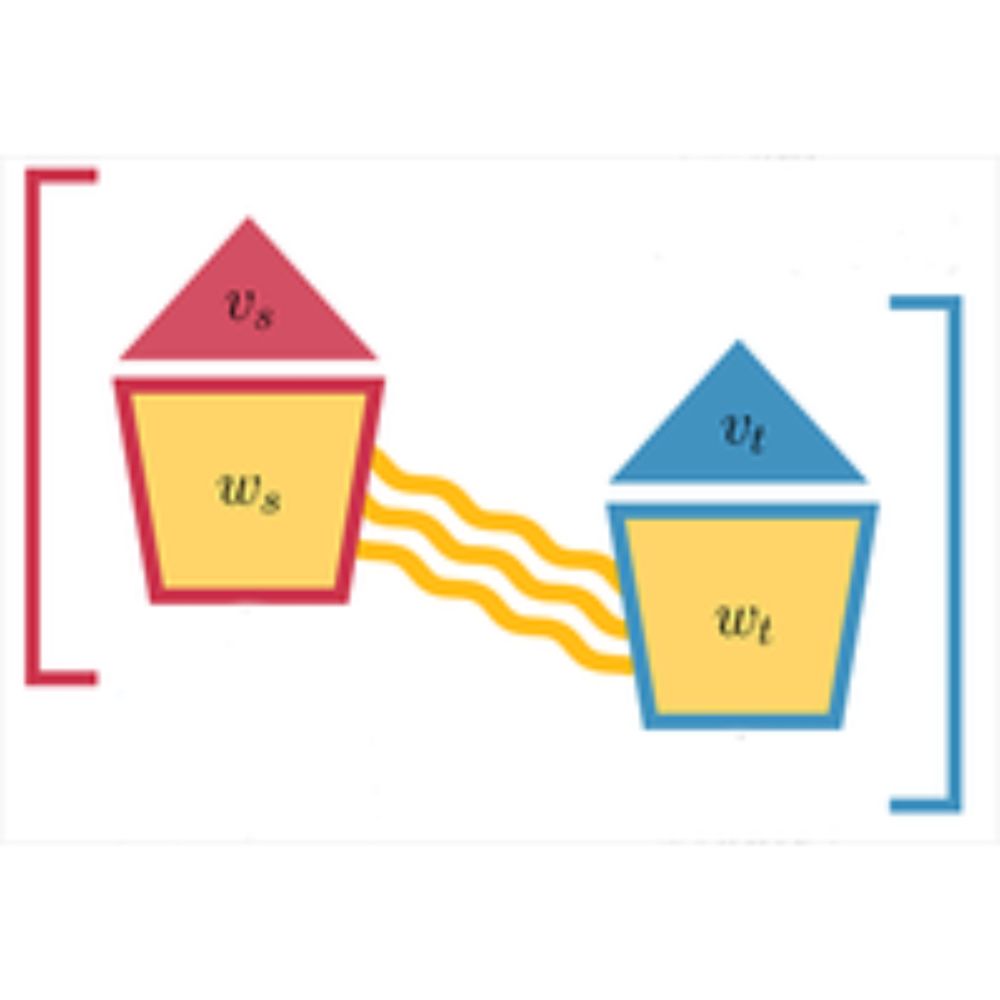
journals.aps.org/prl/abstract...
www.pnas.org/doi/10.1073/...
TLDR: Tilt illusion is not a bug, but a feature of a well-designed visual system that maximizes information capacity adaptively based on spatial context. (1/6)
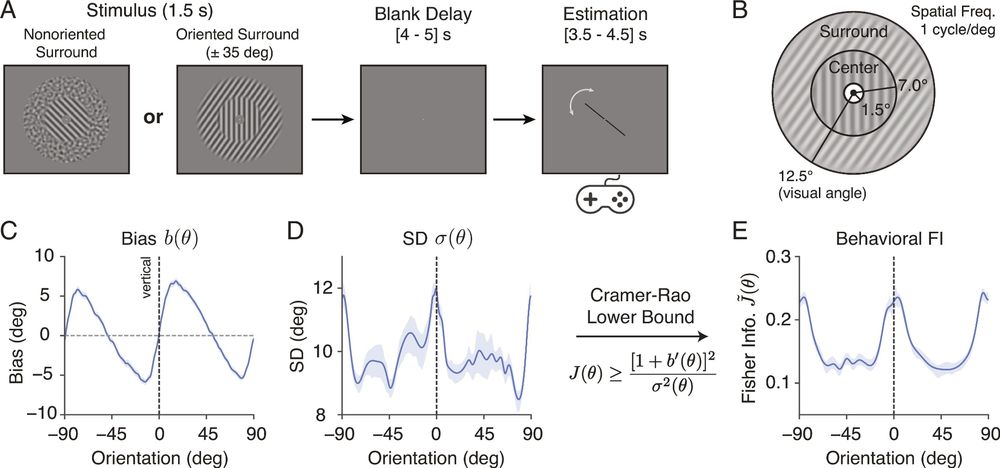
www.pnas.org/doi/10.1073/...
TLDR: Tilt illusion is not a bug, but a feature of a well-designed visual system that maximizes information capacity adaptively based on spatial context. (1/6)


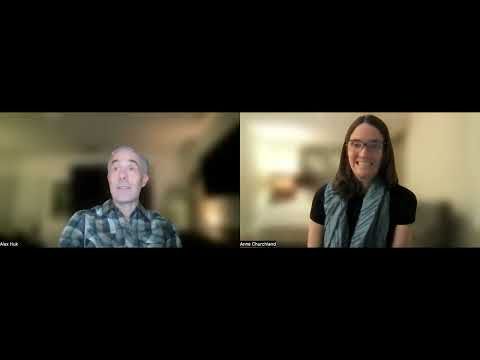

recruit.apo.ucla.edu/JPF10062
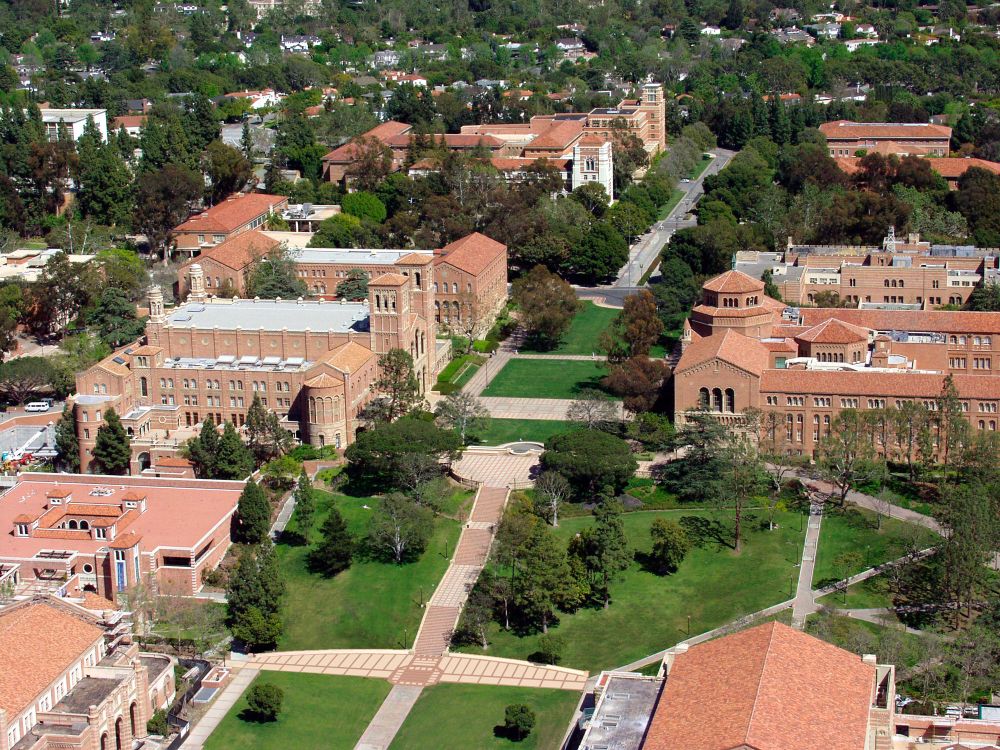
recruit.apo.ucla.edu/JPF10062
My lab (saleemlab.com) has a new postdoc / senior postdoc opening. They will be part of an exciting research supported by ERC & UKRI, studying vision during navigation. Projects range from purely computational to performing new physiological recordings.
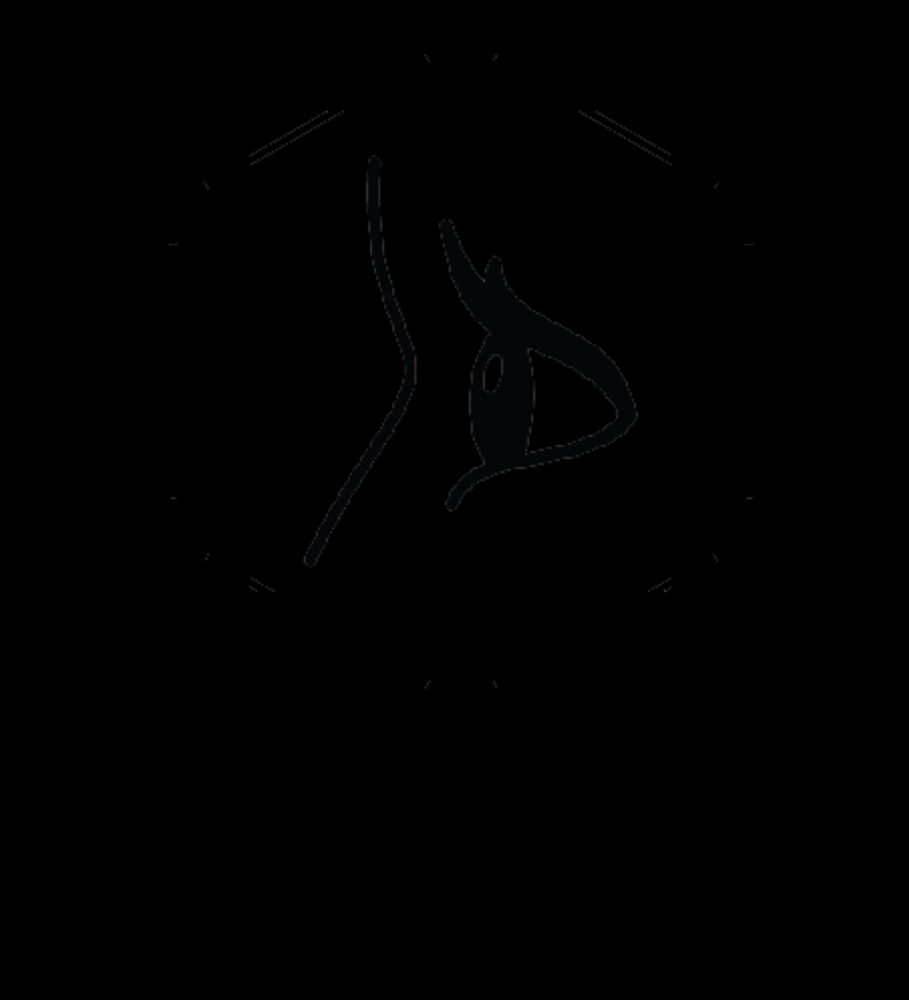
My lab (saleemlab.com) has a new postdoc / senior postdoc opening. They will be part of an exciting research supported by ERC & UKRI, studying vision during navigation. Projects range from purely computational to performing new physiological recordings.




